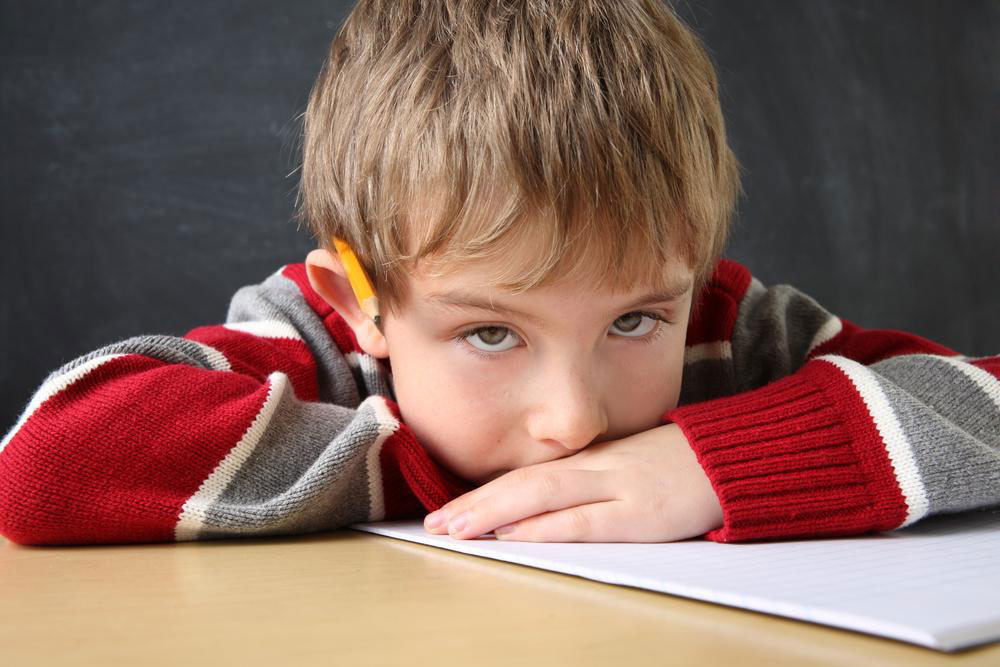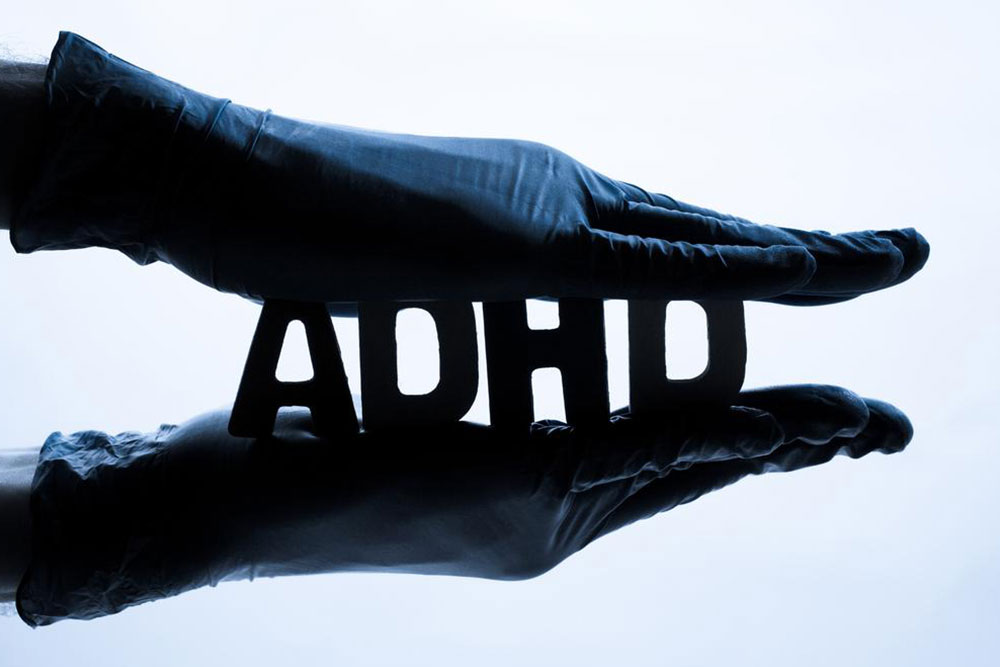Understanding Childhood ADHD: Key Facts and Management Strategies
Discover essential insights about childhood ADHD, including common symptoms, potential causes, and effective management strategies. This article offers practical guidance for parents and caregivers, emphasizing behavioral therapies and medication options to help children thrive despite their condition.

Understanding Childhood ADHD: Key Facts and Management Strategies
Attention-deficit/hyperactivity disorder (ADHD) is a neurodevelopmental condition affecting children, influencing self-control, focus, and social interactions. Symptoms can persist into adolescence and adulthood, but diagnosis is more straightforward in children due to noticeable signs. Typically, ADHD symptoms are sorted into three categories: inattentiveness, hyperactivity, and impulsivity.
Common ADHD Symptoms
Inattention: Children may seem distracted, struggle to follow directions, forget tasks, and have trouble organizing or completing simple activities. They might also daydream or misplace objects.
Hyperactivity: Exhibiting restlessness, difficulty remaining seated, excessive talking, or constant movement are common hyperactivity signs.
Impulsivity: Impatient children might struggle to wait their turn and may interrupt others or blurt out answers impulsively during conversations.
Possible Causes of ADHD
Genetics: ADHD may run in families, indicating a hereditary component.
Prenatal Factors: Complications during pregnancy, such as substance use, nutritional deficiencies, or health issues, can influence brain development and contribute to ADHD.
Environmental Exposures: Exposure to toxins like lead can adversely affect brain functions.
Brain Injury or Disorders: Damage to the frontal lobe from injury or illness can result in impulsivity and emotional regulation challenges.
Chemical Imbalance: Abnormal levels of brain chemicals may play a role in ADHD development.
Managing ADHD
Although ADHD cannot be fully cured, lifestyle adjustments, medications, and behavioral therapies can help control symptoms effectively. Medications such as stimulants and non-stimulants are commonly prescribed. Behavioral therapy, social skills training, and parent coaching are essential parts of managing ADHD. Support groups also benefit children and parents emotionally and practically.
Important Note:
Our blog provides diverse informational content based on research and data. While useful, articles should not replace professional diagnosis or advice. The website is not responsible for discrepancies or errors, and some resources or schemes may not be covered.










